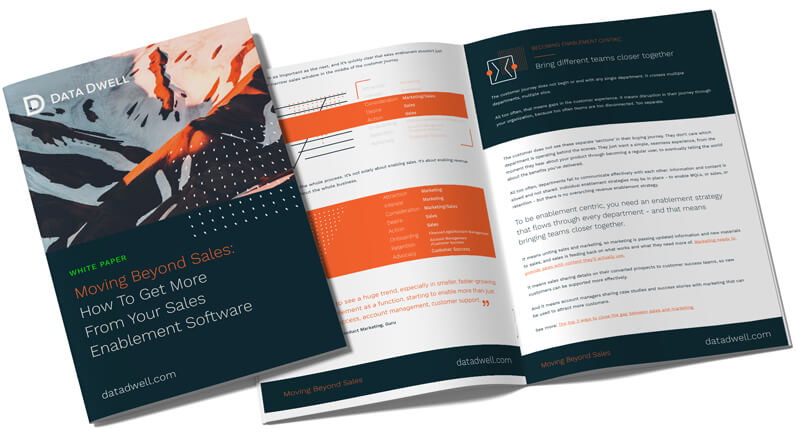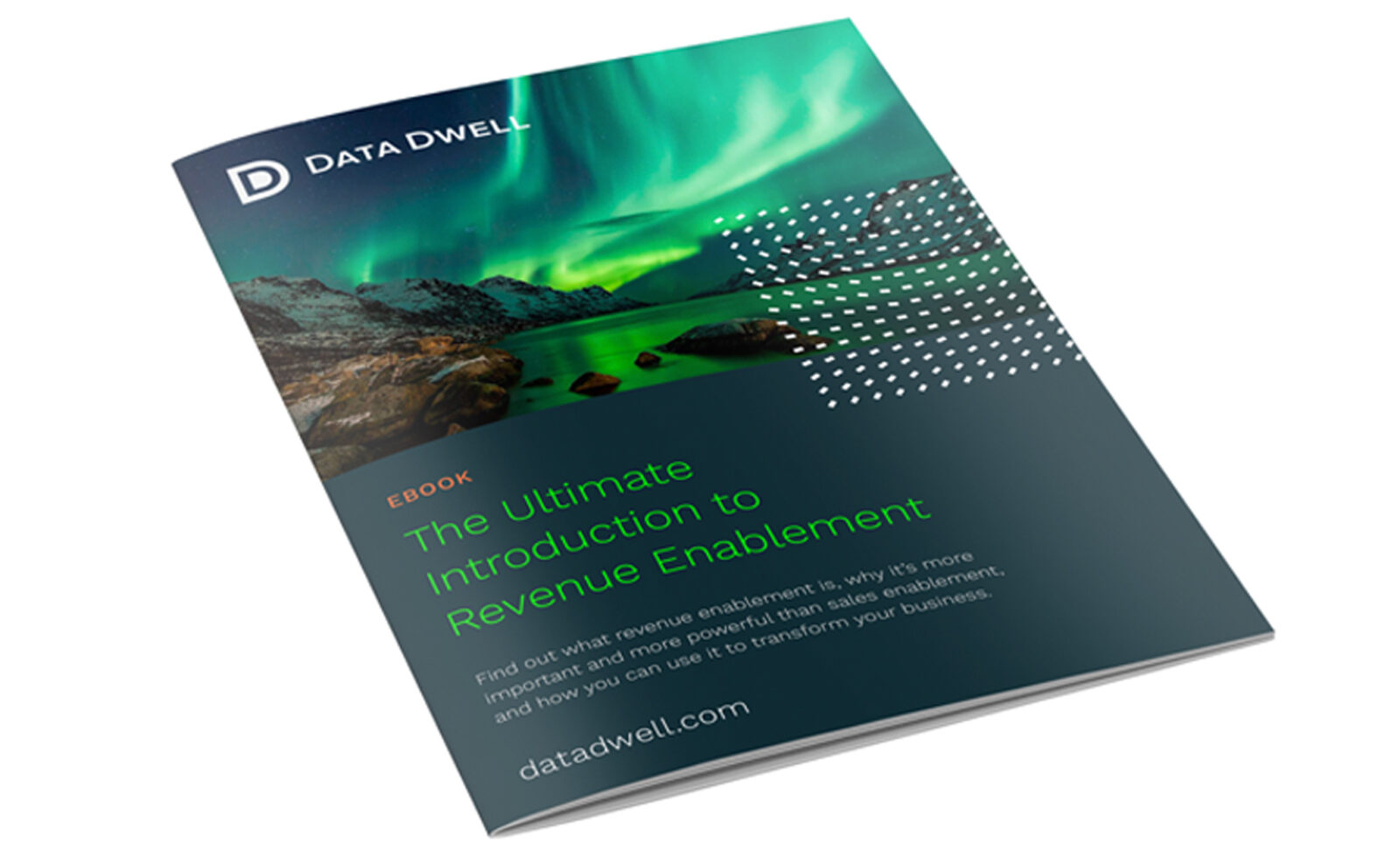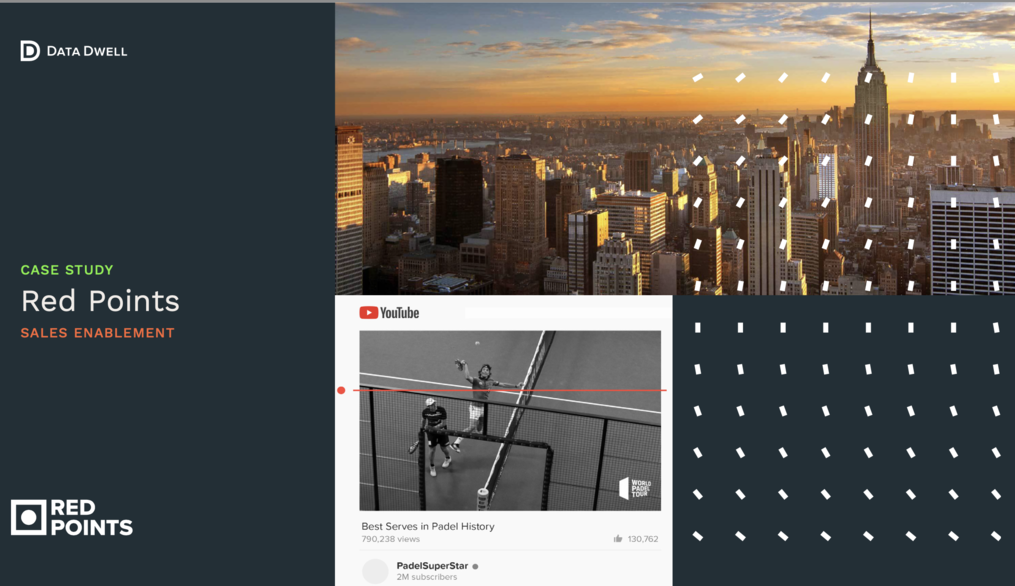Traditional B2B sales tactics are no longer effective. Because the vast majority of our interactions are now done via email, over the phone, or using other technology and software, we’ve lost the ability to gain traditional insights from potential buyers.
We’re not getting the same face-to-face buying signals we once did. But there are other buying signals we can track and analyze.
That’s why Digital Body Language is essential to today’s sales processes.
The traditional B2B sales process
Here’s how a typical sales process used to go:
- The sales rep would start communications and arrange a face-to-face meeting
- The meeting would include discussions with key stakeholders, and perhaps sales collateral would be handed out
- Traditional body language signs would be analysed – the rep might watch for folded arms to address concerns, or note the smiles and nods of heads to know they’re on track
- Additional stakeholders might be met then and there – and the chance of a deal is easy to evaluate.
The lack of face-to-face body language
But in today’s sales environment, many transactions are completed without a phone call, let alone a face-to-face meeting. Interactions take place on the computer screen with few personal connections to stakeholders.
Even with a phone call, the outcome is far from certain. It’s not uncommon for a sales rep to report back to a VP or CEO that a call went great and the deal was practically done – only for nothing to materialise.
This is not the fault of the sales rep. They are working with limited data, without the tell-tale signs of body language. One phone call might go well, but they do not how many other stakeholders are involved in the decision.
They never talk to those other stakeholders, they do not know if they are interested, and they cannot deliver value to them.
But: there is a solution.
Understanding digital body language
Although we might not be able to use face-to-face body language to determine how well the sales process is progressing, there is another option:
Digital Body Language.
Whatever we do online, we leave a digital footprint. If we can track a stakeholder’s footprint, we can follow up, nurture and hopefully convert.
All the passive and active actions we take online are types of digital body language. The basic, most common forms are opening emails and clicking links, filling in a form on a website, interacting with social media and chatting with a virtual assistant.
Taking control of the sales process
But there are also more in-depth forms of digital body language that we can identify, track and use to our advantage. This was one of the core reasons we created our Sales Enablement tool at Data Dwell.
By using key sales content that promotes and tracks shares, we can see just how interested a particular stakeholder might be.
We can monitor in-document usage statistics – like tracking how many times a document was opened when the first video was viewed, or how long a webinar was watched – to see how engaged stakeholders are.
Some may watch a video for a minute rather than 10 seconds, or spend 6 minutes reading through to page 12 on a sales document rather than a quick cursory flick through; these are the people who are clearly interested.
Sales reps will know when their company is being evaluated and see which stakeholders are the most interested. They can then jump on the best opportunities.
We might not be able to rely on traditional face-to-face body language anymore, but by using our sales enablement tools to see digital body language, we have a much better chance of supporting the best deals at the right moments.
And that means we can improve our closing ratios, across the board.




